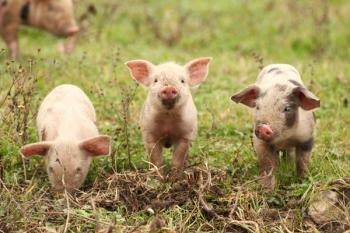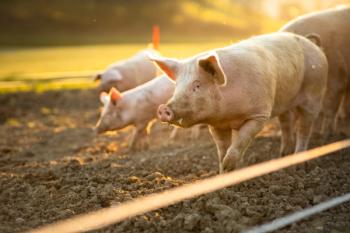
Advanced Rapid Food Analysis Techniques and the Challenges Facing the Industry
A recent study examined the challenges facing the food analysis industry, highlighting the current advanced methods being used in the field.
One challenge currently facing the food industry is the misuse of advanced modeling methods and the importance of robust data validation (1).
A recent study published in Foods critically examined the state of the food analysis industry. Led by Anastasios Koidis, a researcher at Queen’s University Belfast, the study investigated the current advanced spectroscopic methods used for this type of analysis, as well as highlight the significant challenges the industry faces moving forward.
Because of the global food supply chains, food items are now more susceptible to fraud and the addition of various ingredients that consumers may not be aware of. In response to these challenges, researchers and industry professionals have turned to advanced methods, such as vibrational spectroscopy coupled with AI-driven modeling, to meet these needs (1–3). These methods offer the potential for rapid, remote, and process analysis of foodstuffs, providing much-needed confidence in the food supply chain (1).
Numerous studies have investigated this topic. However, Koidis and his team also point out that many published studies on this subject revealed weaknesses with the current analytical methods being used (1). One of the primary issues is the small sample sizes used in many studies, which can lead to skewed results and limit the generalizability of findings (1). Additionally, there is a growing concern about the "abuse" of advanced modeling techniques (1). Although these techniques offer powerful tools for data analysis, their misuse can result in overfitting, where models perform well on the training data but fail to generalize to new, unseen data (1).
Koidis and his team also highlighted the challenges related to the validation of both the acquisition methods and the models used in these studies. Validation is a critical step in the analytical process, ensuring that the methods used are accurate and reliable (1). However, according to Koidis and his team, many studies fail to adequately validate their methods, leading to a lack of confidence in the results (1).
Therefore, Koidis and his team looked at the analytical challenges faced in both research and industrial settings to help pinpoint the issue. The key takeaway from the study is that there is no easy way to enhance the accuracy of these methods by simply using state-of-the-art modeling techniques (1). Instead, the focus must be on capturing high-quality raw data from authentic samples in sufficient volume and ensuring robust validation processes are in place.
The study also emphasizes the need for a comprehensive methodology that involves suitable analytical techniques and interpretive modeling methods. This approach should be tailored to the specific experimental design of the study, considering the unique challenges and requirements of each analysis (1).
One of the major advantages of vibrational spectroscopic methods is their ability to meet the demands for rapid, easy, non-destructive, and low-cost analytical solutions. These methods are particularly valuable in the food industry, where they can be used to control the quality and safety of raw materials, intermediate products, and final products (1). However, the complexity of the multidimensional data generated by these methods presents a significant challenge.
Chemometrics can be a solution to this problem. Chemometrics is the science of extracting information from chemical systems using data-driven means (1). By applying chemometric methods, researchers can analyze and interpret the complex data generated by vibrational spectroscopy (1). However, as Koidis and his team point out, the success of chemometric models depends on the quality of the spectral libraries used to build them (1). These libraries must contain high-quality, representative spectra to ensure the models are accurate, sensitive, and robust.
References
(1) Jia, W.; Georgouli, K.; Martinez Del Rincon, J.; Koidis, A. Challenges in the Use of AI-Driven Non-Destructive Spectroscopic Tools for Rapid Food Analysis. Foods 2024, 13 (6), 846. DOI:
(2) Spectroscopy Staff, Unveiling Food Authenticity: LIBS Fingerprinting Revolutionizes Analytical Approaches. Spectroscopy. Available at:
(3) Delonas, C. Investigating Food Purity Using Raman Spectroscopy Combined with Machine Learning. Spectroscopy. Available at:
Newsletter
Get essential updates on the latest spectroscopy technologies, regulatory standards, and best practices—subscribe today to Spectroscopy.




